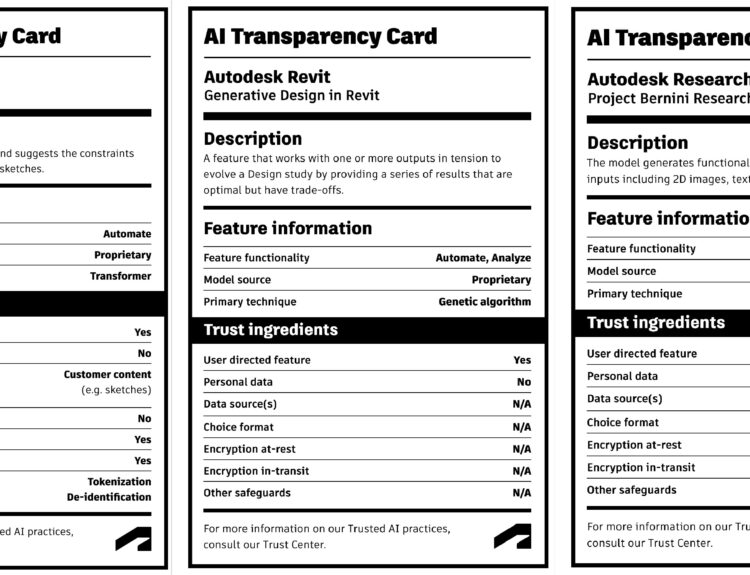Having been both a customer and user of Autodesk products, and as a member of product teams, I’ve had the unique experience of seeing things from both perspectives. I’ve been the voice of the customer, advocating for their needs, interpreting their sentiment, and translating real-world use cases into product strategy. Whether you’re a startup or scaling up, here are some lessons that might help you focus on what really matters.
Don’t Be a Feature Factory: Leverage the Kano Model
As a customer, I often felt overwhelmed by the constant stream of new features, many of which seemed more like “nice-to-haves” than real value-adds. When I joined a product team, I quickly saw how easy it was to fall into the trap of chasing feature requests to stay competitive.
That’s where the Kano Model comes in. It’s a framework that helps you prioritize features by dividing them into:
•Must-Haves: These are table stakes. Customers won’t praise you for them, but they’ll notice if they’re missing.
•Performance Features: The more you deliver, the happier your users.
•Delighters: The unexpected features that surprise and excite your customers.
At Autodesk during my tenure, we learned that sprinkling in user delighters that we called F3 (Fit Finish and Fixes) could elevate a product from functional to a well received release and a clear response to listening to customers needs. The key is finding the right balance—avoiding a bloated product while still meeting exceeding customer expectations.
Make Sure Every Feature Pulls Its Weight
One of my roles was to connect the dots between customer needs and business/product goals and strategy. Almost every feature request had to answer a crucial question: Does this help us achieve our objectives?
Whether it was improving user retention, driving revenue, or enhancing the brand, every addition had to serve a purpose. As a customer, I could always tell when a product team was just ticking boxes versus when they were genuinely focused on delivering value.
Use metrics like customer lifetime value (CLV), churn rate, and user engagement to assess the impact of features.
If something doesn’t support your mission, don’t build it.
Data is Your Ally, Not Your Boss
Use the power of data to validate ideas and measure success. But as a customer, I knew that the most exciting innovations often came from intuition and bold decisions.
I have used data to guide, but didn’t let it dictate every move. Some of our my impactful features came from stepping out of the data comfort zone and leaning into customer stories and our collective experience.
Customer Feedback is Gold, But Context Matters
In my customer advocacy role, I spent a lot of time gathering and interpreting feedback. Customers are quick to tell you what they want, but it’s crucial to dig deeper and understand why they want it.
Not every loud voice represents your target audience. At Autodesk, we focused on feedback from our Ideal Customer Profile (ICP)—those who would benefit most from our product and whose needs aligned with our long-term strategy. Filtering feedback through that lens helped us make smarter decisions.
Iterate, But Don’t Get Stuck in the Loop
Iteration is essential to building great products, but it’s easy to overdo it. At Autodesk, we often set clear goals for each release. Once those goals were met, we shipped and moved on.
As a customer, I appreciated when products delivered improvements without falling into endless tweaking. There’s a point where you need to trust your work and keep pushing forward.
Foster a Culture of Curiosity and Learning
At Autodesk, I was part of a team that embraced continuous learning. We analyzed market trends, learned from customer behavior, and regularly revisited our strategies. Startups have the same opportunity to adapt and grow rapidly.
Encourage your team to stay curious. The more you learn, the better equipped you’ll be to navigate challenges and seize opportunities.
Storytelling: The Underrated Superpower
One of the most impactful tools I saw in action at Autodesk wasn’t just a feature; it was a story. Customers don’t just want a product—they want to understand the journey and the vision behind it.
As someone who’s been both the storyteller and the audience, I know the value of crafting a compelling narrative. A strong story aligns your team, resonates with your customers, and draws in investors. It’s not just about what your product does—it’s about why it matters.
Startups are uniquely positioned to innovate and challenge the status quo. By focusing on customer value, aligning features with business goals, and crafting a compelling story, you can build products that not only meet needs but also inspire loyalty and excitement.
Stay curious, stay bold, and keep listening to your customers.
From Vision to Victory: Lessons from Both Sides of the Table



